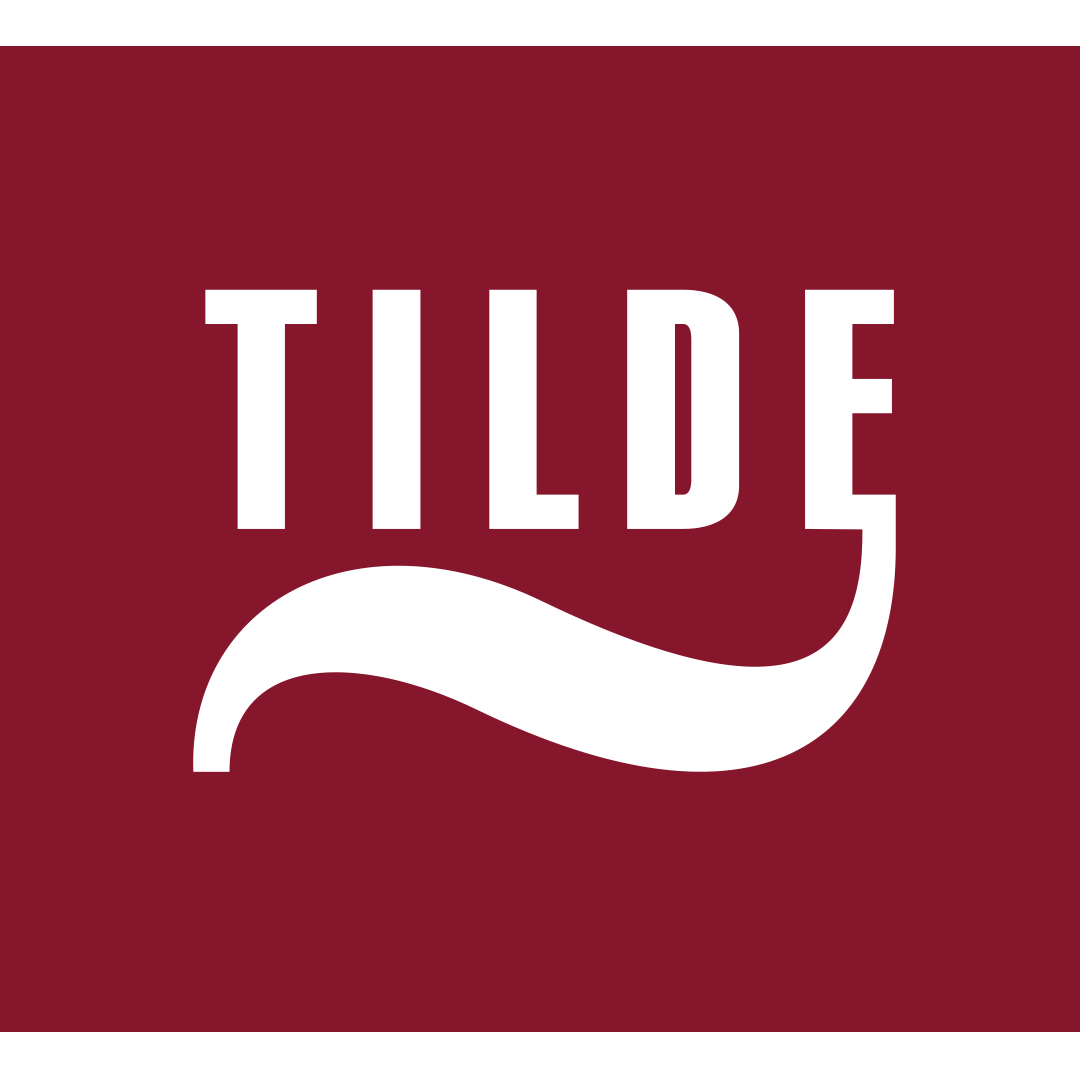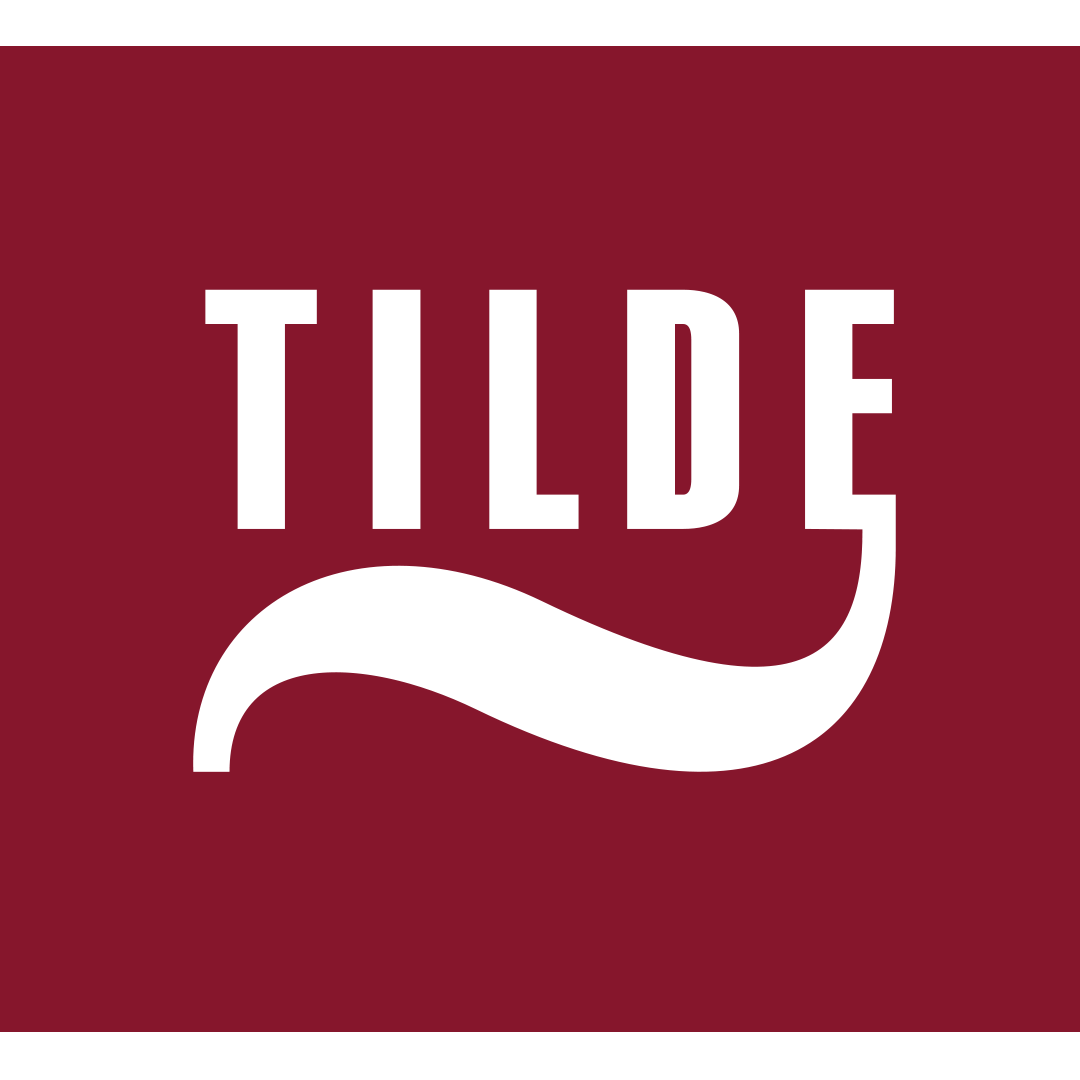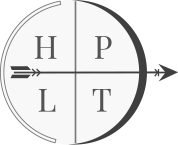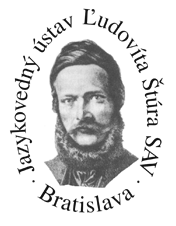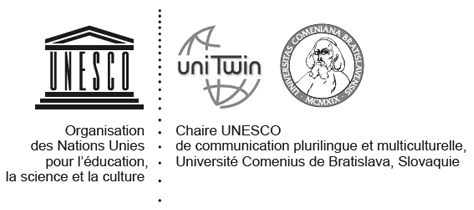Supported by:
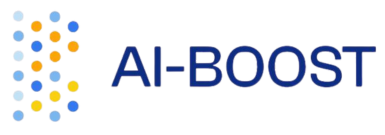
TildeOpen LLM: Europe’s Sovereign Multilingual AI
An open-source, foundational LLM (Large Language Model) for European languages – secure, adaptable, and ready for governments, institutions, and enterprises.
June 2024
Tilde wins
Large AI Grand Challenge 🙌
September 2024
Model training
begins
September 2025
Model goes live
on Hugging Face 🎉
Your language deserves better AI
We've made it happen
Why TildeOpen?
- Customisable with your own data
- Secure and fully in your control
- Deployable on-premises or in the cloud
- Integrates with existing systems and workflows
- Built as a foundation for advanced AI solutions

The AI foundation you can trust
TildeOpen is more than a technological achievement. It’s an open-source foundation for custom AI, benefiting over 155 million Europeans.
Custom AI solutions for businesses and organisations 💼
Adapt TildeOpen to your industry, data, and workflows — from virtual assistants to secure translation, speech tech, and more.
National language model development for governments 🏛️
Powered by supercomputers, backed by Europe
The development of TildeOpen is supported by the European Commission and powered by EuroHPC JU’s top-tier supercomputers – LUMI and Jupiter. By winning the Large AI Grand Challenge, we’ve been granted 2 million GPU hours on LUMI to execute this ambitious project.
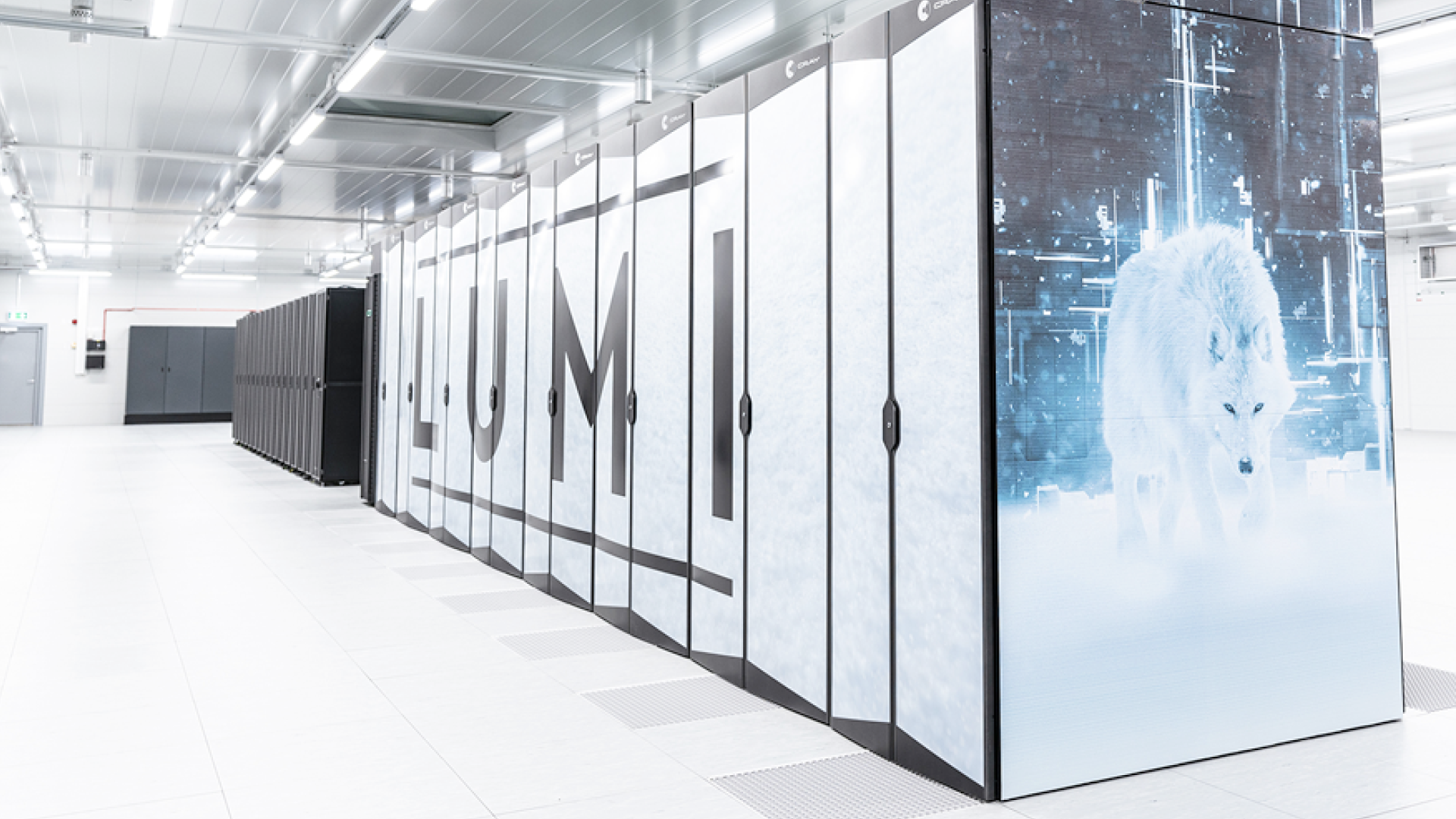
Contribute to a multilingual future

Our promise
Committing to open collaboration 🤝
Governments can leverage TildeOpen to create tailored language models that improve public service accessibility for all citizens.
Open access 🔓
TildeOpen will be available for both commercial and non-commercial use under a permissive license, published in Hugging Face and ELRC-SHARE.
Integrity and security 🛡️
Knowledge sharing 📚
We are committed to collaboration and sharing insights, inviting partners to work with us in advancing TildeOpen for the benefit of all.
Build AI that speaks your language
TildeOpen gives you the foundation to create secure and sovereign AI. Explore the model now
or talk to us about tailoring it to your needs.
Frequently asked questions
What is TildeOpen LLM?
The TildeOpen LLM project aims to create a multilingual foundational large language model that focuses on underrepresented Baltic and Eastern European languages to promote digital equity and enhance access to advanced AI technologies for these communities.
Why is language equity in LLMs important?
This imbalance has efficiency and cost consequences. For instance, longer sequences are required to encode the same amount of information in lower-resourced languages compared to English, making models less efficient and more expensive to run. Additionally, the English-centricity of these models can introduce undesirable cultural biases. TildeOpen will be trained to ensure equity for all supported languages.
What languages does the TildeOpen project focus on?
The project targets Eastern European and Baltic languages such as Bulgarian, Croatian, Czech, Estonian, Finnish, Latvian, Lithuanian, Macedonian, Montenegrin, Polish, Serbian, Slovak, Slovene, and Ukrainian. The model will also support bigger languages such as English, French, German and Russian in balanced proportions to support translation and related multilingual tasks.
